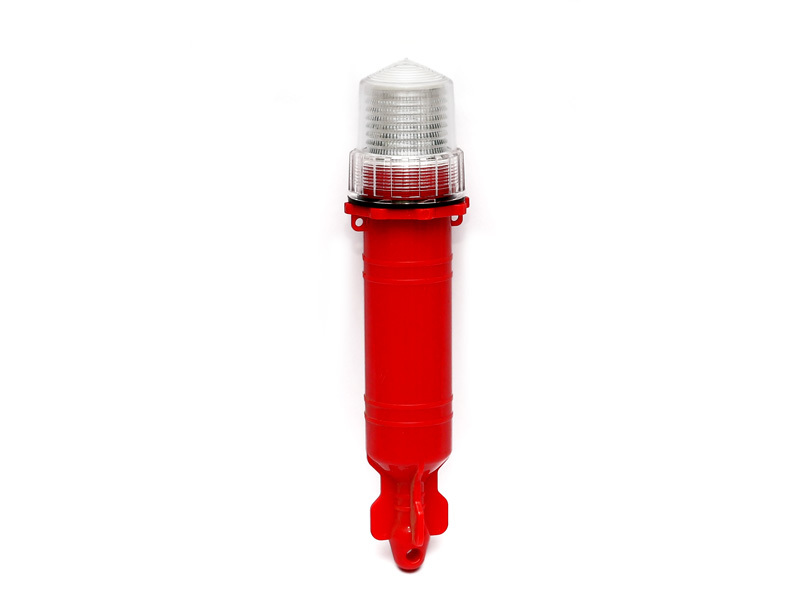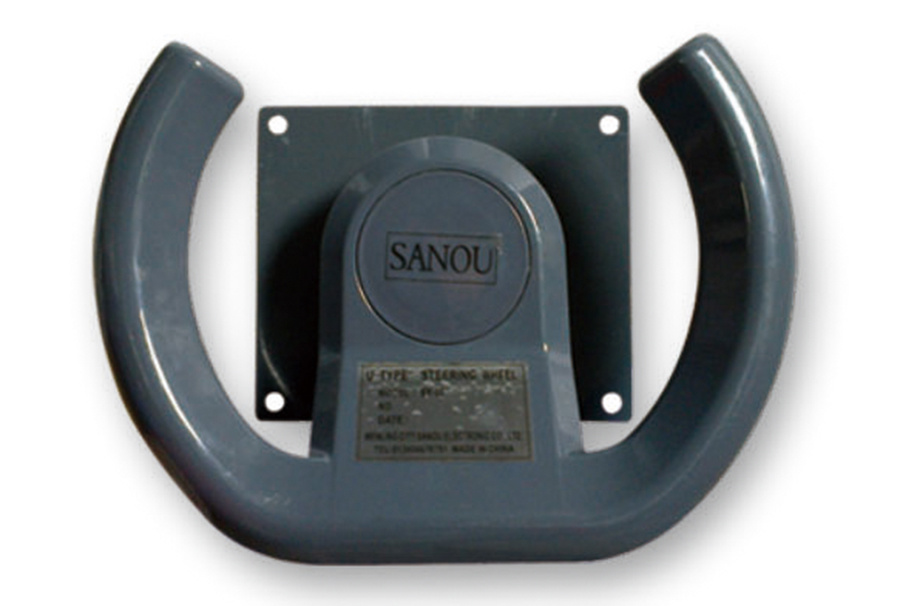News Center
Maximizing Battery Life with Marine Regulated Inverter Power Supplies
Maximizing Battery Life with Marine Regulated Inverter Power Supplies
Table of Contents
- Understanding Regulated Inverter Power Supplies
- How Regulated Inverters Work
- The Importance of Battery Life in Marine Applications
- Benefits of Using Marine Regulated Inverters
- Best Practices for Maximizing Battery Life
- Common Mistakes to Avoid
- Choosing the Right Regulated Inverter for Your Needs
- Frequently Asked Questions
- Conclusion
Understanding Regulated Inverter Power Supplies
Marine regulated inverter power supplies are essential components for powering electrical devices on boats and yachts. These inverters convert direct current (DC) from batteries into alternating current (AC), allowing you to use standard household appliances in a marine environment. They provide a stable voltage output, which is crucial for sensitive electronics.
How Regulated Inverters Work
Inverters operate by converting DC voltage into AC voltage through a process called inversion. Regulated inverters ensure that the output voltage remains constant, even if the input voltage fluctuates. This regulation is vital for maintaining the performance of electronic devices and prolonging the life of both the inverter and the connected batteries.
Key Components of Regulated Inverters
The primary components of regulated inverters include:
- Transformer: Converts voltage levels and isolates the output.
- Switching Devices: Control the flow of electricity to produce the desired output voltage.
- Control Circuitry: Monitors and regulates output voltage to maintain consistency.
- Cooling Mechanism: Prevents overheating by dissipating excess heat generated during operation.
The Importance of Battery Life in Marine Applications
Battery life is a critical factor for boat owners. Extended excursions and trips to remote locations make reliable power sources essential. Maintaining battery longevity not only reduces operational costs but also enhances safety. A well-maintained battery system ensures that vital electronics, navigation aids, and communication devices remain functional.
Benefits of Using Marine Regulated Inverters
Marine regulated inverters offer several advantages:
- Stability: They provide consistent power delivery, which is essential for sensitive equipment.
- Efficiency: Enhanced efficiency leads to reduced battery drain, extending overall usage time.
- Versatility: They can power a wide range of devices, from small gadgets to larger appliances.
- Compact Design: Many models are designed to be space-efficient, making them suitable for limited onboard spaces.
The Role of Regulation in Performance
Regulation ensures that the output voltage does not exceed the operational limits of connected devices, preventing damage and enhancing the lifespan of both the inverter and the battery system.
Best Practices for Maximizing Battery Life
Adopting best practices can significantly enhance the lifespan of your marine batteries when using regulated inverters:
Regular Maintenance
Perform regular checks on your battery system. Ensure that connections are clean and tight, and look for signs of corrosion. Routine maintenance not only prolongs battery life but also ensures optimal inverter performance.
Monitor Battery Health
Invest in a battery monitor to keep track of voltage levels, state of charge, and overall health. Understanding your battery's condition helps you avoid over-discharging, which can severely impact battery longevity.
Optimal Charging Techniques
Utilize smart chargers that can automatically adjust charging rates based on the battery's state. These chargers help prevent overcharging and reduce wear and tear on the battery.
Avoid Deep Discharge
Deep discharging can shorten the lifespan of marine batteries. Aim to keep your batteries charged between 50% and 80%, ensuring they are not excessively drained during use.
Temperature Control
Extreme temperatures can negatively affect battery performance. Ensure that your batteries are kept in a temperature-controlled environment whenever possible to maintain their efficiency and longevity.
Common Mistakes to Avoid
To ensure the best usage of marine regulated inverters and batteries, it's crucial to avoid common pitfalls:
Neglecting Battery Maintenance
Failing to perform regular maintenance can lead to hastened deterioration of battery health. Regular checks can prevent small issues from becoming major problems.
Using Incompatible Equipment
Always match the inverter's output with the power requirements of your devices. Using incompatible equipment can lead to performance issues and damage.
Ignoring Manufacturer Guidelines
Each inverter and battery system comes with specific guidelines for operation and maintenance. Ignoring these can void warranties and lead to premature failure.
Choosing the Right Regulated Inverter for Your Needs
Selecting the right inverter is essential for maximizing battery life and efficiency:
Assess Your Power Requirements
Calculate the total wattage of the devices you plan to run simultaneously. Ensure that the inverter can handle peak demands without straining.
Consider Inverter Type
Evaluate whether a pure sine wave or modified sine wave inverter best suits your needs. Pure sine wave inverters are typically more efficient for sensitive electronics.
Look for Advanced Features
Features such as built-in monitoring, over-voltage protection, and temperature control can enhance performance and safety. Investing in an inverter with these features can significantly benefit your battery's lifespan.
Frequently Asked Questions
What is the difference between a regulated inverter and a standard inverter?
A regulated inverter maintains a stable output voltage regardless of input fluctuations, while a standard inverter may not provide consistent power, potentially damaging connected devices.
How can I tell if my battery is nearing the end of its life?
Signs include diminished capacity, slower charge times, and visible corrosion. A battery monitor can help track performance and health.
Can I use my inverter while the engine is off?
Yes, but ensure that the battery has adequate charge. Running heavy loads while the engine is off may deplete battery levels quickly.
What types of batteries work best with marine regulated inverters?
AGM (Absorbent Glass Mat) and lithium-ion batteries are popular choices due to their durability and performance characteristics in marine environments.
How often should I check my battery’s charge level?
Regular checks are recommended, especially before and after trips. Monitoring charge levels helps prevent deep discharges and enhances battery longevity.
Conclusion
Maximizing battery life with marine regulated inverter power supplies involves a combination of understanding how these systems work, adhering to best practices, and avoiding common mistakes. By following the guidelines outlined in this article and selecting the right equipment, you can significantly extend the lifespan of your marine batteries while ensuring reliable power for all your needs. With the right approach, your marine adventures can be powered efficiently and safely, allowing you to focus on the joys of boating.
Related News
Why the Aicom 304 Microphone is a Game Changer for Content Creators
Why the Aicom 304 Microphone is a Game Changer for Content Creators In the ever-evolving landscape of digital content creation, the importance of high-quality audio cannot be overstated. As a content creator, whether you're a podcaster, streamer, or YouTube enthusiast, the tools you use directly impact the quality of your work. Among the multitude of options available, the Aicom 304 Microphone sta
Unlocking the Potential of the Hua Xun M2000 Microphone: A Comprehensive Guide for Professionals
The Hua Xun M2000 microphone is a noteworthy choice for professionals in various fields, especially for those in content creation, broadcasting, and conferencing. Its design and functionality cater to the demands of high-fidelity audio capture while ensuring user-friendly operation. In this article, we will explore the technical attributes and advantages of the Hua Xun M2000 microphone, providing
Large Bakelite Steering Wheels: The Overlooked Component in Gear Mechanisms
Large Bakelite Steering Wheels: The Overlooked Component in Gear Mechanisms Table of Contents 1. Introduction to Bakelite Steering Wheels 2. A Brief History of Bakelite in Industrial Applications 3. The Functional Role of Large Bakelite Steering Wheels 4. Benefits of Using Bakelite Steering Wheels in Gear Mechanisms 5. Applications of Large Bakelite Steering Wheels 6. Maintenance Tips




